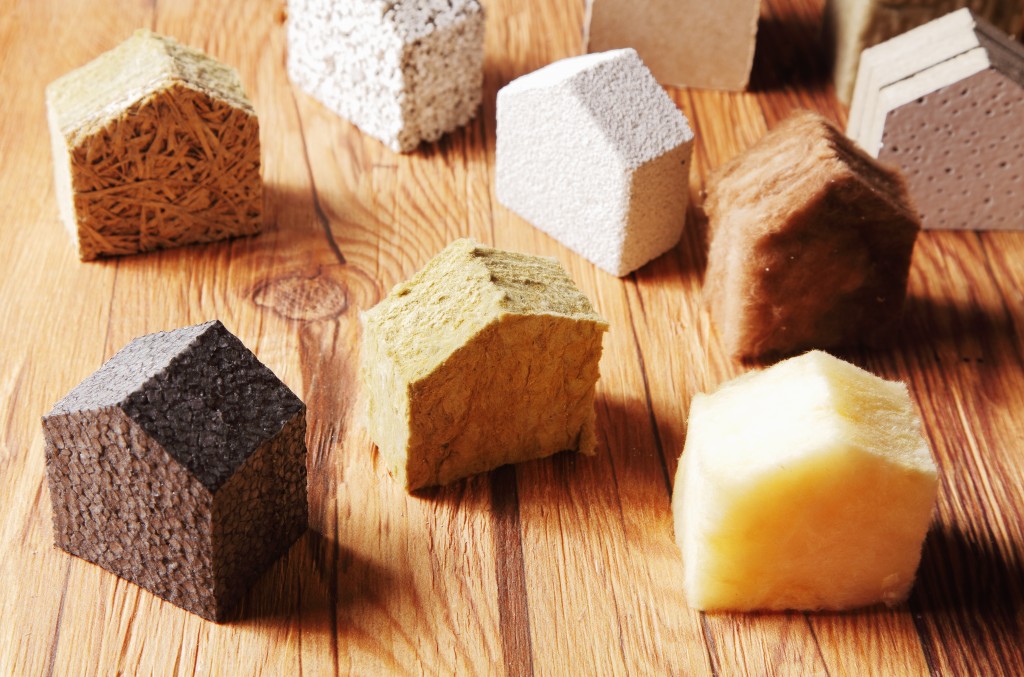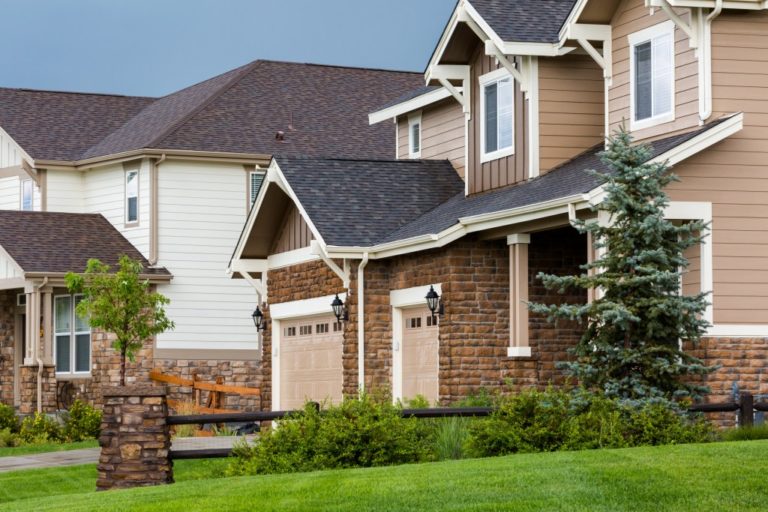For a long time, Americans have enjoyed living large. In a study conducted in 2005, the United States and Australia came out on top of a global survey of house sizes, with the median house size of a new detached home in the U.S. at 2407 square feet. The mean size of the other countries combined came out to 1176 square feet.
One could argue, of course, that as an affluent country the U.S. would have bigger houses, but those 18 countries included nations with higher incomes per capita: Japan (1,435), the United Kingdom (826), France (1,228), and Denmark (1,489). The two heavyweights, the U.S. and Australia (2,554) have something in common: the McMansion.
The McMansion Effect
The McMansion is a relic of the late 80s through the early 2000s. These homes, ranging from 3,000 to 5,000 square feet, were the sign of the financial success of its owners, up until the 2008 housing market crash. Both the U.S. and Australia enjoyed great economic growth in that period, as well as suburban space to build on. The result was entire swathes of land occupied by neighborhoods of McMansions—large, expensive homes built not just for family use, but very consciously for resale.
As an investment, though, McMansions turned out to be a bust: despite their outward show of affluence, these were built very cheaply so that it could cover the most square footage for the lowest cost. Elements of their design- large footprints, huge open spaces that takes a lot of energy to have any kind of temperature control, and generally substandard construction—have made their resale and ownership less attractive to buyers today.
The Housing Industry Has Refocused on the Middle Class
House sizes in the U.S. have been reversing slowly since 2015. The National Association of Home Builders (NAHB) have reported that home construction and sales have been focused more towards the middle class homeowners. The large, elaborate houses built by Boomers and retirees have proved impractical to today’s more cash-strapped buyer, who has to contend with inflation and rising costs of living.
Across America, large houses are sitting ignored on the market. These five- and six-bedroom homes, with their high evaluations and large upkeep, have fallen out of favor for more modern, energy-efficient, and practical homes. While today’s entrants in the housing market plan to own a starter home, build equity, and them move to a bigger home after a few years are similar to the previous generation, the bar of entry has only gotten lower, letting more middle-class Americans own homes.
The Pandemic Is Pushing People Out to the Suburbs

As the pandemic continues to do damage to the American economy and disrupt American lives, one of the significant effects on real estate will be an exodus of the cities. Shark Tank businessman Robert Hervajec called the trend “the greatest moves to the suburbs from urban areas since the 1950s or the ’60s.” He also added in his interview with CNBC that this will be a trend for years to come.
With the shift in both technology and attitudes about home ownership combined with the disruptions of the pandemic, living smaller and simpler will be the order of the day for many. Working from home in the time before COVID-19 was at 15%, according to a survey of 25,00 workers by MIT. Now social distancing and shelter-in-place measures have pushed that number to 34%.
As telecommuting becomes part of the new normal, the demand for smaller, more affordable homes have surged. Affordable, however, doesn’t mean uncomfortable. Even with smaller footprints, well-designed homes that incorporate smart furniture, space-saving features like dual-purpose storage systems, and thoughtful design like interior sliding glass doors can make small places not only comfortable, but sustainable and energy-efficient.
As the U.S. deals with massive upheavals to the economy and to American standard of living, we’re likely to see similar shifts in consumer and buyer behavior. And for the industries that provide for these consumers should also look at making a similar shift. They’ll need to reexamine what it means to be cost-saving, to design for quality of life, and to consider longer-term use. We may not see the pre-COVID way of life returning for a long time—or possibly never. And the sooner we’re able to pivot to that reality, the better life will be in the next few years.




